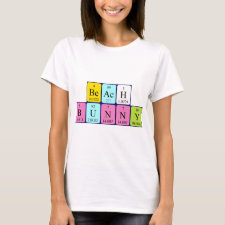
Authors: Suedee R, Intakong W, Dickert FL
Article Title: The use of trichloroacetic acid imprinted polymer coated quartz crystal microbalance as a screening method for determination of haloacetic acids in drinking water.
Publication date: 2006
Journal: Talanta
Volume: 70
Issue: (1)
Page numbers: 194-201.
DOI: 10.1016/j.talanta.2006.04.033
Alternative URL: http://doc2.clib.psu.ac.th/public14/article2/research/287710.pdf
Abstract: An alternative screening method for haloacetic acids (HAAs) disinfection by-products in drinking water is described. The method is based on the use of piezoelectric quartz crystal microbalance (QCM) transducing system, where the electrode is coated with a trichloacetic acid-molecularly imprinted polymer (TCAA-MIP). This MIP comprises a crosslinked poly(ethyleneglycoldimethacrylate-co-4-vinylpyridine). The coated QCM is able to specifically detect the analytes in water samples in terms of the mass change in relation to acid-base interactions of the analytes with the MIP. The TCAA-MIP coated QCM showed high specificity for the determination of TCAA in aqueous solutions containing inorganic anions, but its sensitivity reduced in water samples containing hydrochloric acid due to a mass loss at the sensor surface. Cross-reactivity studies with HAA analogs (dichloro-, monochloro-, tribromo-, dibromo-, and monobromo-acetic acids) and non-structurally related TCAA molecules (acetic acid and malonic acid) indicated that recognition of the structurally related TCAA compounds by the TCAA-MIP-based QCM is due to a carboxylic acid functional group, and probably involves a combination of both size and shape selectivity. The total response time of sensor is in the order of 10 min. The achieved limits of detection for HAAs (20-50 μg l-1) are at present higher than the actual concentrations found in real-life samples, but below the guidelines for the maximum permissible levels (60 μg l-1 for mixed HAAs). Recovery studies with drinking water samples spiked with TCAA or spiked with mixtures of HAAs revealed the reproducibility and precision of the method. The present work has demonstrated that the proposed assay can be a fast, reliable and inexpensive screening method for HAA contaminants in water samples, but further refinement is required to improve the limits of detection
Template and target information: haloacetic acids, HAAs, trichloacetic acid, TCAA, dichloroacetic acid, monochloroacetic acid, tribromoacetic acid, dibromoacetic acid, monobromoacetic acid, acetic acid, malonic acid
Author keywords: haloacetic acids, disinfection by-products, molecularly imprinted polymer, quartz crystal microbalance



Join the Society for Molecular Imprinting

New items RSS feed
Sign-up for e-mail updates:
Choose between receiving an occasional newsletter or more frequent e-mail alerts.
Click here to go to the sign-up page.
Is your name elemental or peptidic? Enter your name and find out by clicking either of the buttons below!
Other products you may like:
 MIPdatabase
MIPdatabase









